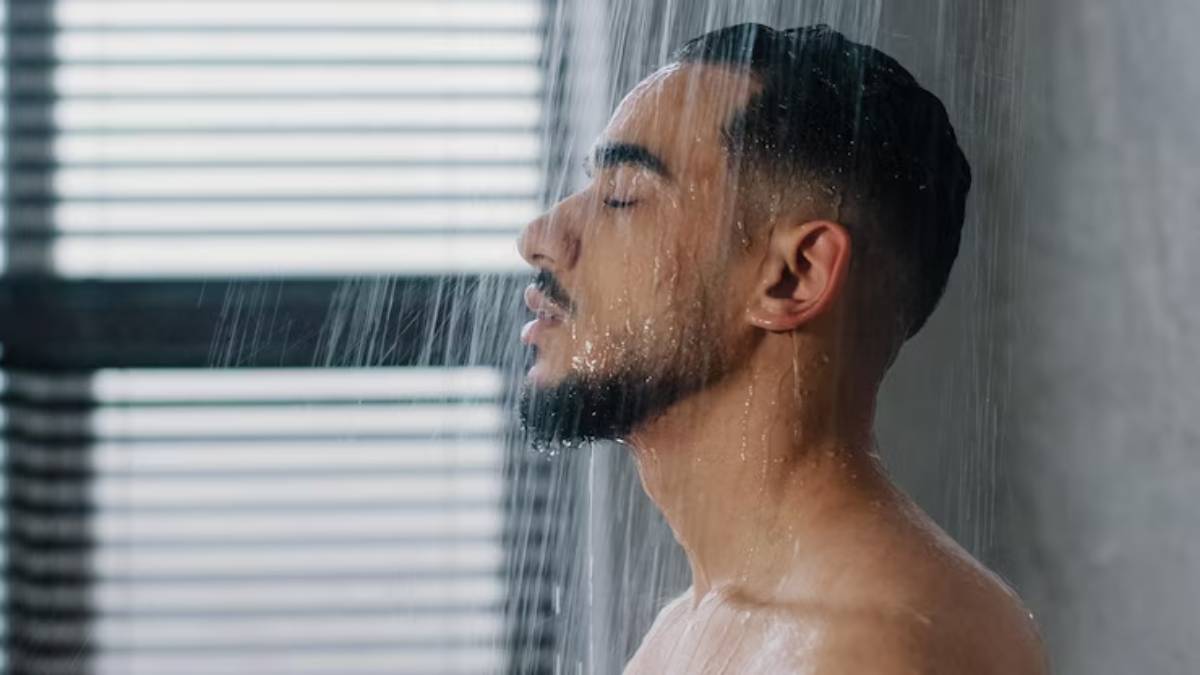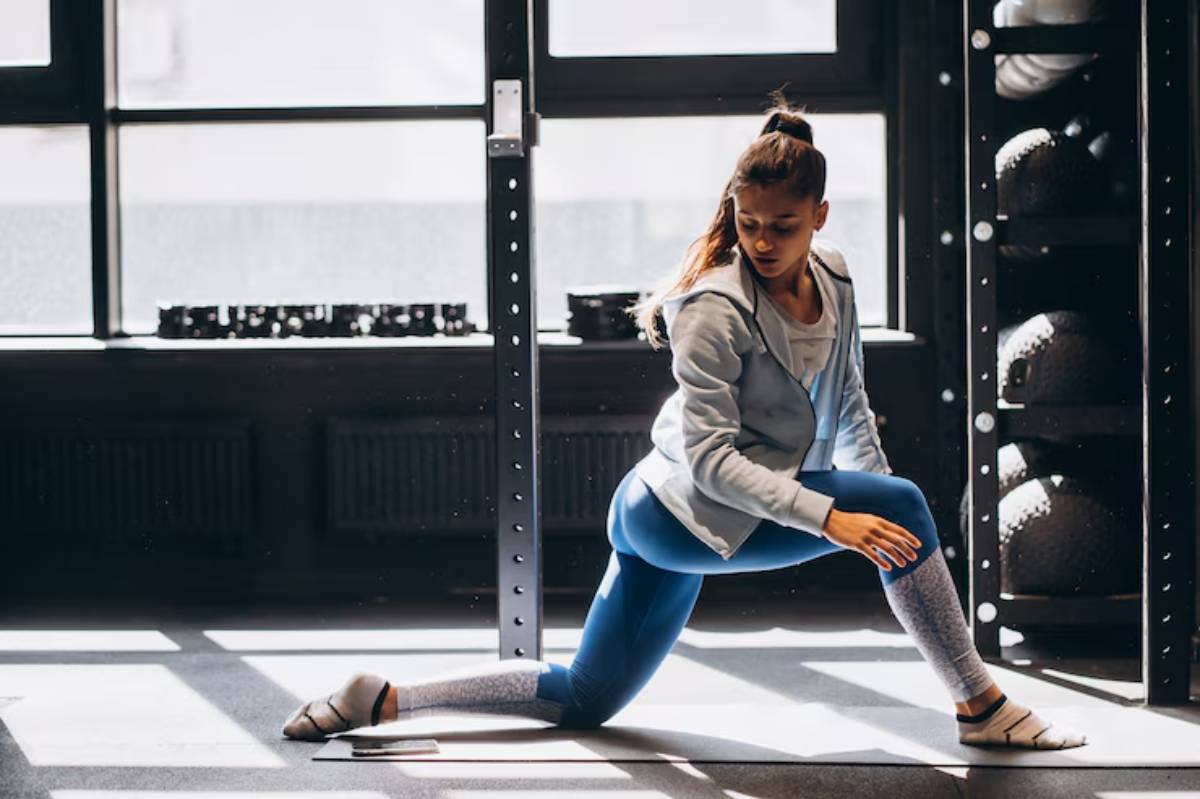
Benefits of Cold Exposure and Contrast Showers
You’ve just wrapped up a punishing leg day or a long-distance run. Your muscles ache, your joints feel cooked, and you’re wondering what else you can do to bounce back faster. Enter one of the oldest yet increasingly trendy tools in recovery: cold exposure.
Whether it’s a chilled bath, an icy shower, or a quick dip in a cold lake, cold therapy is making waves again. Add in contrast shower recovery—alternating hot and cold water—and you’ve got a simple, powerful way to boost blood flow, ease inflammation, and invigorate the nervous system.
You don’t need a cryo chamber or an ice-cold lake in your backyard. From professional athletes to weekend warriors, everyday people are turning to cold therapy for fitness recovery. This article explores the science and benefits of both cryotherapy and contrast showers, when to use them, and how they fit into your recovery toolkit.
What Is Cold Exposure Therapy?
A Brief (Chilly) Explanation
Cold exposure, also known as cold water immersion or cryotherapy, is the practice of applying cold to the body in a controlled way to trigger physiological responses.
This can include:
- Ice baths
- Cold showers
- Cryotherapy chambers (extreme cold via nitrogen gas)
The goal? Reduce inflammation, decrease muscle soreness, and boost your body’s recovery processes.
The Science Behind Cold Therapy
How It Works Inside Your Body
When exposed to cold, your body goes into a short-term survival response:
- Blood vessels constrict to preserve core temperature (vasoconstriction)
- Heart rate drops, and blood pressure slightly rises
- Cold receptors activate the nervous system
- Inflammatory markers reduce temporarily
- Once rewarmed, vasodilation occurs, encouraging blood flow back into tissues
This cycle helps flush out waste products (like lactic acid) and delivers oxygen-rich blood to sore areas.
According to a 2016 meta-analysis in Frontiers in Physiology, cold water immersion post-exercise significantly reduced delayed-onset muscle soreness (DOMS) in the 24–96-hour period after intense training.

What Are Contrast Showers?
Hot Meets Cold for Maximum Circulation
Contrast showers involve alternating between hot and cold water for short intervals.
A typical cycle might include:
- 1 minute hot
- 30 seconds cold
- Repeat 3–5 rounds
This practice triggers alternating vasoconstriction and vasodilation, acting like a pump for your circulatory and lymphatic systems.
Benefits include:
- Improved circulation
- Reduced muscle soreness
- Quicker neuromuscular recovery
- Boosted alertness and mood
It’s a more accessible method than full-body cold immersion, making it ideal for daily use or active rest days.
Key Benefits of Cold Therapy and Contrast Showers
1. Reduces Muscle Soreness and Inflammation
Post-workout inflammation is a natural part of recovery, but it can be uncomfortable and limit performance.
Cold exposure:
- Temporarily slows down inflammatory processes
- Helps flush metabolic byproducts from muscle tissues
- Reduces swelling in stressed joints and soft tissue
A 2022 study in The Journal of Strength and Conditioning Research found that athletes using cold water immersion after training had significantly less muscle soreness and reported improved perceived recovery.
2. Accelerates Recovery Between Sessions
For athletes who train multiple times a week—or even daily—cold therapy can:
- Speed up recovery windows
- Improve readiness for subsequent workouts
- Decrease total fatigue load
Cold showers post-training are a favourite among CrossFitters and endurance athletes alike, particularly during competition weeks.
3. Improves Mental Resilience
Anyone who’s ever stepped into an ice bath knows it takes more than muscle to stay in. Cold therapy challenges your mental grit and strengthens the nervous system’s adaptability.
Over time, consistent cold exposure:
- Lowers the stress hormone cortisol
- Boosts norepinephrine, improving focus
- Trains your parasympathetic nervous system (rest-and-digest response)
For a deeper dive into nervous system recovery, consider how breathwork can be paired with stretching to enhance this effect.
4. Enhances Circulation and Lymphatic Drainage
Contrast showers create a pumping mechanism in the body:
- Hot water expands blood vessels
- Cold water constricts them
This alternating effect stimulates blood and lymph flow, helping to remove waste and support immune function.
It’s especially beneficial for:
- Leg day soreness
- Long-haul travellers
- Anyone who sits for prolonged periods

5. Boosts Mood and Mental Clarity
Cold exposure has also been linked to improved mood and reduced symptoms of depression. The cold shock triggers a flood of endorphins and norepinephrine—neurochemicals tied to alertness and happiness.
Anecdotally, many users report feeling:
- Mentally sharper post-shower
- Calmer under stress
- More energised throughout the day
Pairing cold exposure with mindfulness or journaling can deepen these psychological benefits.
Foam Roller or Cryo? Combining Tools for Better Recovery
While cold therapy works wonders, it’s most powerful when paired with other recovery strategies. For example, foam rolling before a cold shower can loosen up fascia and improve circulation before vasoconstriction kicks in.
If you’re not sure where to start, this guide comparing foam rolling vs percussion massage explains how both fit into a complete post-training strategy.
When and How to Use Cold Exposure
Best Times to Use Cold Therapy:
- Immediately after intense workouts
- After long endurance sessions (runs, rides, circuits)
- Following impact-heavy sports (rugby, martial arts)
- On rest days, to reduce inflammation
Avoid cold therapy:
- Before liftin,g if strength gains are your goal (some evidence suggests cold exposure can blunt muscle protein synthesis temporarily)
Best Times for Contrast Showers:
- Morning or midday for energy and circulation
- After workouts, when full immersion isn’t feasible
- Before bed (if done gently) to calm the nervous system
If you’re new to cold exposure, start slow:
- Use warm-to-cool transitions
- Gradually build tolerance
- Use nasal breathing to manage the shock
Myths and Misunderstandings
“Cold therapy kills your gains.”
This only holds weight when cold is used directly after hypertrophy-focused training. For general recovery, circulation, and inflammation control, it’s a net positive.
“Only athletes need this.”
That’s not true. Cold showers benefit everyday people—from desk workers with stiff backs to parents chasing toddlers. Recovery is for everyone, not just elite athletes.
“Ice baths must be brutal.”
Not at all. A cool shower or 10°C bath for just 5 minutes provides benefits—no need to suffer through polar extremes unless you’re Wim Hof.
Putting It All Together: A Sample Weekly Routine
Here’s how you could incorporate cold therapy and contrast showers:
| Day | Activity | Recovery Tool |
| Monday | Leg Day | Cold shower + foam rolling |
| Tuesday | Cardio + Core | Contrast shower |
| Wednesday | Active Rest | Breathwork + gentle contrast shower |
| Thursday | Upper Body Strength | Cool shower + massage gun |
| Friday | HIIT or Sprint Intervals | Cold plunge (if accessible) |
| Weekend | Rest or Walks | Light stretching + warm/cool shower |
Conclusion: Don’t Fear the Cold—Use It
Cold exposure and contrast showers aren’t just trendy wellness hacks—they’re time-tested, scientifically supported strategies for helping your body bounce back, stay strong, and feel alive.
Whether you’re easing into a post-workout cold rinse or braving your first ice bath, you’re giving your body tools to recover smarter. Combine cold therapy with breathwork, mobility, and strength to unlock full-body resilience.
Ready to test the waters? Try a 30-second cold rinse after your next hot shower. Breathe through it, stick with it for a week, and see how your body responds. It might just be the recovery boost you didn’t know you needed.


